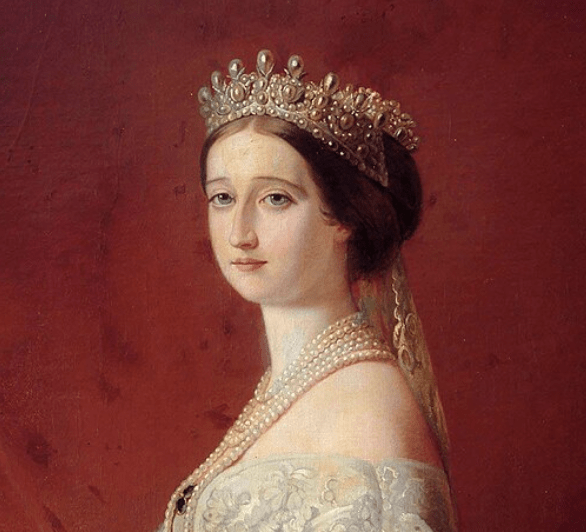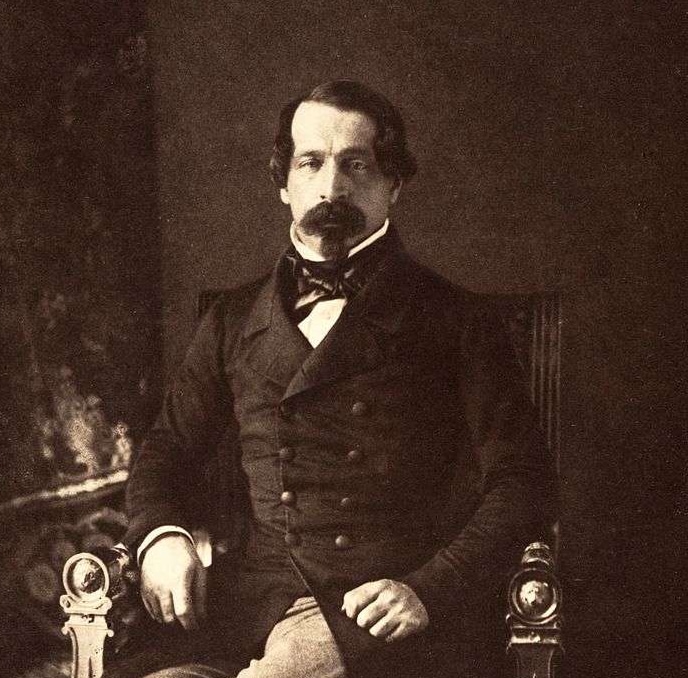
Image: Portrait Photograph of Louis-Napoléon Bonaparte, 1852 – Public Domain
Napoleon III, known formally as Louis-Napoléon Bonaparte, was the nephew of Napoleon I and reigned as Emperor of the French during the Second Empire. Sixteen years his junior, Eugénie de Montijo became his wife—an extraordinary woman whose beauty and noble spirit earned her the nickname “the Iron Maiden.”
At a time when political marriages between royal houses were the norm, Napoleon III’s choice to marry a noblewoman rather than a princess was sensational. This article traces the bond they formed and the lasting impact they left on history.
Napoleon III and the Unconquerable Beauty
On December 2, 1851, Louis-Napoléon Bonaparte seized power through a coup d’état. By November 1852, he restored the empire and proclaimed himself Emperor Napoleon III.
With the throne secured, his next crucial task was finding an empress to ensure the succession of his newly established imperial dynasty.
Public curiosity grew over who he would choose. Rumors spread that even before his accession, Louis-Napoléon was deeply infatuated with a particular woman: Eugénie de Montijo, a Spanish noblewoman with strong ties to France.
Tall, elegant, and exquisitely fashionable, Eugénie had already attracted many suitors and was a star of Parisian society.
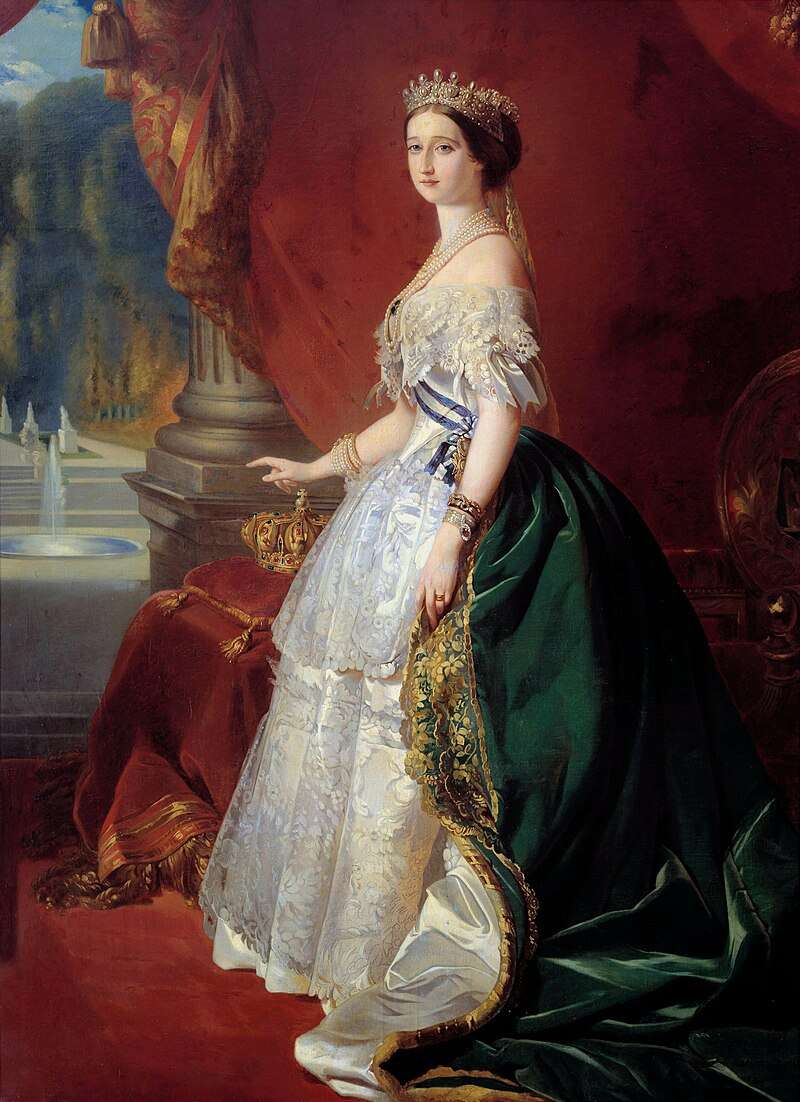
Image: Eugénie de Montijo – Public Domain
However, Louis-Napoléon was infamous for his womanizing. Society cynically assumed Eugénie would be just another mistress.
One day, an invitation arrived for Eugénie and her mother to attend an evening gathering at Saint-Cloud Palace. Expecting a grand affair, they were surprised to find only Count Bacciochi, a relative of Louis, there to greet them.
Disappointed by the informality, Eugénie chastised Louis for his lack of propriety and promptly left for Paris.
Chastened, Louis-Napoléon invited them to the Élysée Palace for a proper reception, determined to regain their favor.
At a subsequent gathering at his cousin Mathilde’s residence, Louis-Napoléon openly confessed to Eugénie, “I have been longing to see you these past months.” From that point on, he made his affection unmistakably clear.
At another party, when midnight struck, Louis suggested that everyone share a kiss. As he approached Eugénie, she rebuffed him sharply: “We do not have such customs in Spain!” she said, bowing formally instead.
This refusal only fueled Louis-Napoléon’s passion. Unlike other women who easily yielded, Eugénie’s resistance made her all the more irresistible.
Even after becoming Emperor, he realized that Eugénie would never settle for being a mere mistress.
On January 5, 1853, through trusted aides and her mother, Napoleon III formally proposed marriage to her.
The Controversial Choice of an Empress
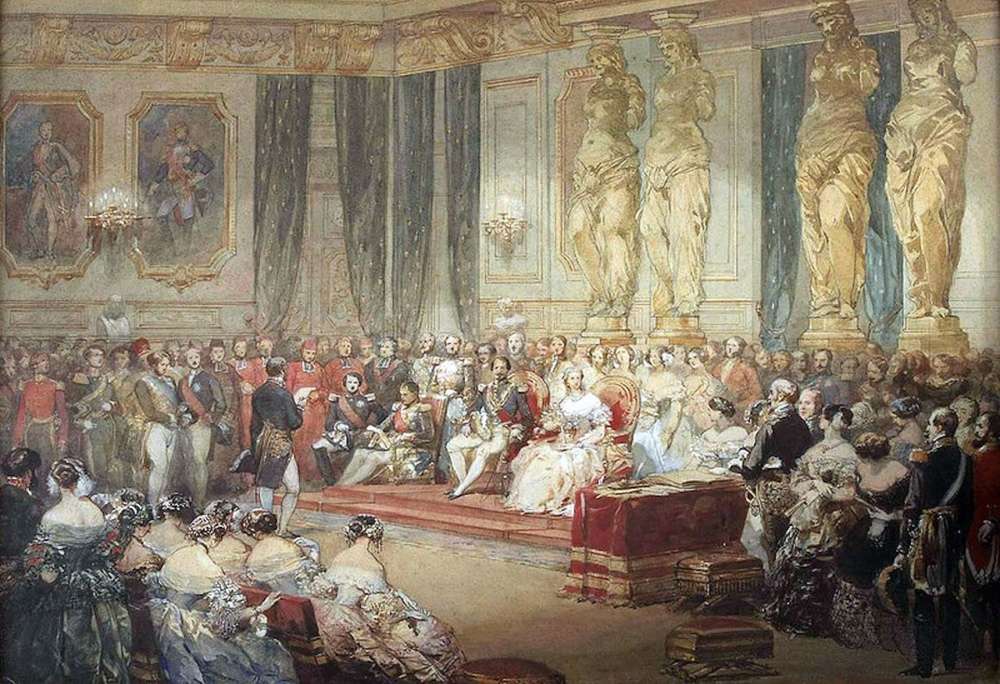
Image: The Wedding Reception of Napoleon III and Empress Eugénie at the Tuileries Palace, January 29, 1853 – Public Domain
News of the engagement shocked France and the broader European aristocracy.
Napoleon III felt compelled to publicly justify his decision, declaring his belief that marriage should be founded on love and respect, not dynastic alliances.
He asserted, “Royal marriages are often little more than false guarantees of peace, replacing national interest with family interests. Therefore, I choose a woman whom I love and respect.”
Nevertheless, many European courts—especially Vienna, London, and St. Petersburg—found it scandalous that an emperor would marry a noblewoman of non-royal blood.
Traditions of bloodline purity and rigid class hierarchy remained deeply entrenched.
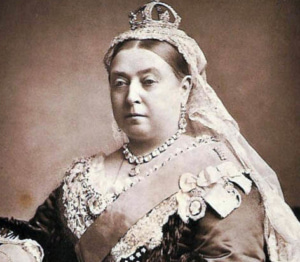
Image: Queen Victoria, 1882 – Public Domain
Queen Victoria of Britain, a staunch believer in dynastic prestige, was particularly scornful.
To her, Napoleon III’s marriage to Eugénie was not only tasteless but a degradation of the imperial dignity itself.
She bluntly described it as “vulgar and thoughtless.”
Yet when Queen Victoria later met Eugénie in 1855, her opinion changed dramatically.
Struck by Eugénie’s intelligence, elegance, and grace, Victoria grew fond of her, and the two women developed a lasting friendship.
Despite widespread skepticism, Eugénie’s dignity and character gradually earned her admiration across Europe.
Empress of France
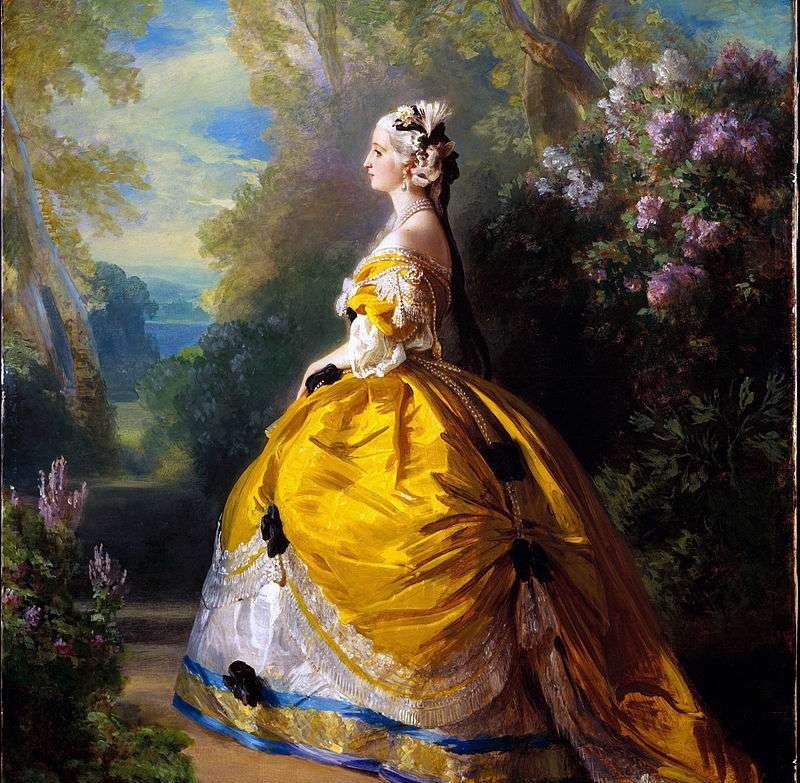
Image: Empress Eugénie Dressed as Marie Antoinette, 1854 – Public Domain
After their marriage, Napoleon III embarked on an ambitious foreign policy agenda.
He pursued imperial expansion through the Crimean War (1853–1856), intervention in Italy’s unification (1859), and the ill-fated Mexican expedition (starting in 1861).
Eugénie actively supported her husband’s policies, particularly endorsing the cause of Italian unification. She exerted political influence through correspondence and court diplomacy.
Culturally, she revitalized the grandeur of the French court.
Eugénie also became a fashion icon, inspiring the “Eugénie style,” characterized by refined elegance and grace.
Far from being a mere ornamental empress, Eugénie played a significant role in both the political and cultural arenas of the Second Empire.
The Fall of the French Empire
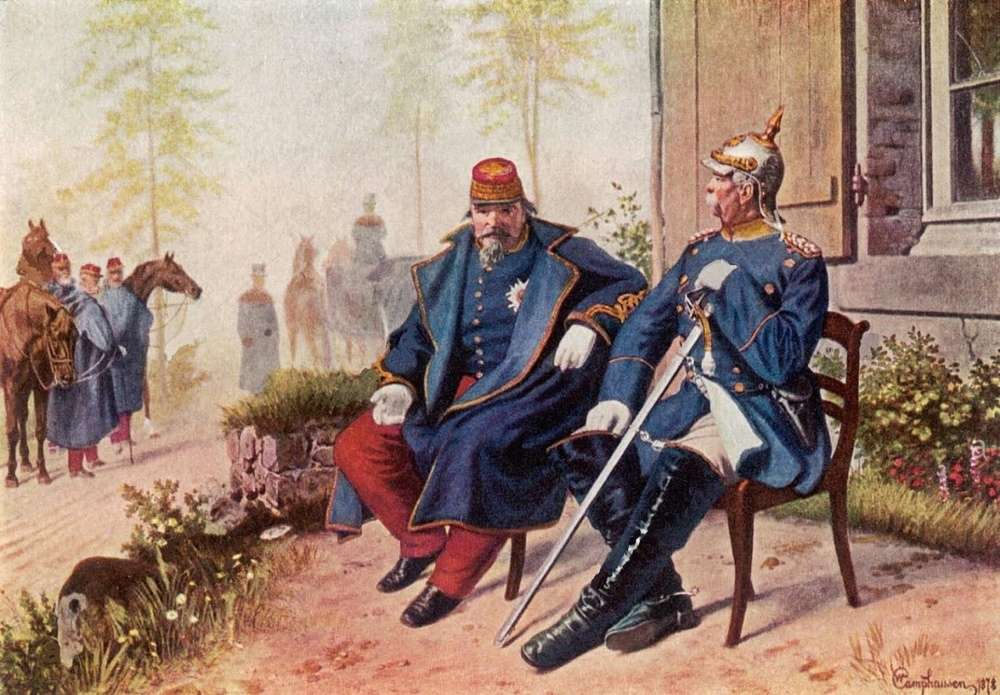
Image: The Meeting Between the Captured Napoleon III and Bismarck After the Battle of Sedan – Public Domain
Despite the glittering court life, storm clouds gathered.
In 1870, tensions with Prussia culminated in the Franco-Prussian War—a conflict that would spell doom for the Second Empire.
Although ailing, Napoleon III personally led troops to the front lines.
The French army, however, suffered catastrophic defeat at the Battle of Sedan. Napoleon III himself was captured.
The news of his capture triggered revolution in Paris, toppling the Empire. France transitioned swiftly to the Third Republic.
Eugénie, facing imminent danger, fled to England and took refuge there.
Napoleon III was later released and reunited with her, but their imperial dreams were shattered forever.
The collapse of the Empire left a lasting emotional scar on Eugénie, overshadowing the rest of her life.
After Napoleon III’s Death
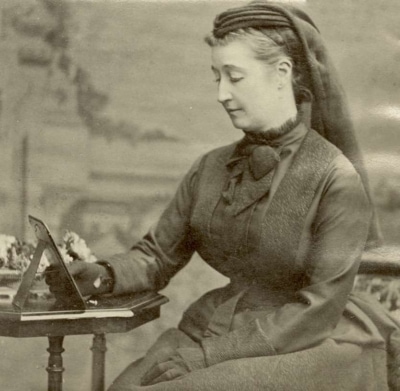
Image: Empress Eugénie in Mourning, 1873 – Public Domain
Following Napoleon III’s death in 1873, Eugénie lived in exile for nearly half a century.
Though she never returned to France, she remained active in British high society and upheld her dignity as “Empress Eugénie.”
She dedicated her life to preserving the memory and honor of the Bonaparte dynasty.
In 1920, while visiting relatives in Spain, she fell ill and passed away at the age of 94.
Eugénie was laid to rest alongside her husband Napoleon III and their only son, the Prince Imperial, at St. Michael’s Abbey in Farnborough, England.
Her life, intertwined with the rise and fall of the Second Empire, stands as a testament to an era of ambition, romance, and dramatic upheaval.
The unconquerable beauty who won the heart of an emperor left an indelible mark on history—and still speaks quietly to us from across the centuries.
References:
Royal Couples Who Changed World History, Volume II: From Friedrich Wilhelm III and Louise to Nicholas II and Alexandra by Jean-François Solnon, translated by Junko Kanda and Tamayo Shimizu.
The Beauty Queens of Western Art History by Taiji Kimura.

